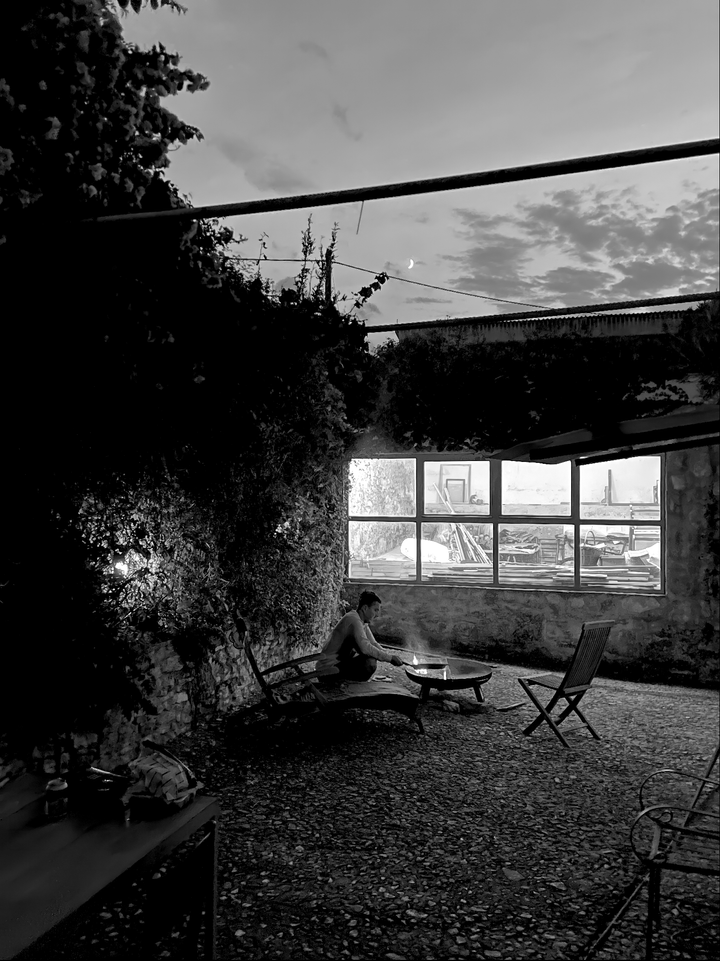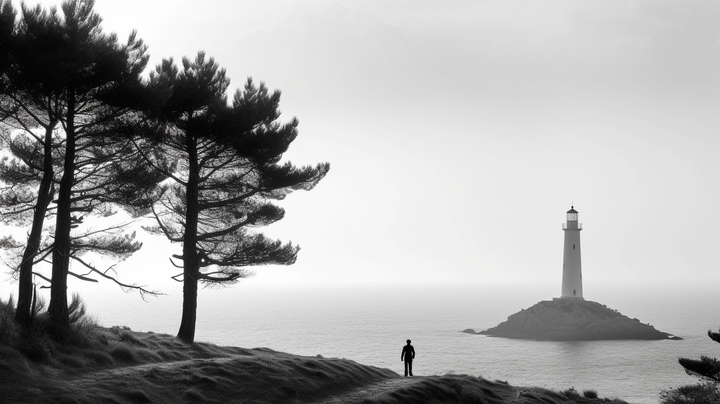What I Talk About When I Talk About Running
In the heart of Mljet Island, we rediscover our core. Lured by its charm, we dive into Murakami's philosophy of running, exploring the parallels between movement, self-discovery, and life's eternal rhythm.

Maja and I have returned to the stunning expanse of Mljet, an island that unfailingly stirs us to reflect on our basic human nature. In essence, we are architects of a sort, shaping the lone physical edifice we are granted: our bodies. This structure, this biological machine, is our primary, and indeed only, hardware. In general, we don't have a penchant for running. Nevertheless, Mljet, with its unique charms, compels us to lace up our shoes and put one foot in front of the other, to break free from our deleterious habits and foster an affinity for movement.
To aid us in this journey of self-discovery, we're engrossed in the book "What I Talk About When I Talk About Running" by the Japanese master storyteller, Haruki Murakami. Running, it seems, forms the lifeblood of Murakami's writing and fuels his relentless creativity.
Running Towards Ourselves: Insights from Mljet and Murakami
Reading through Murakami's memoir, we come to realize that running is more than a mere physical activity. It's a metaphor for life's continual struggle and a manifestation of Murakami's philosophy of endurance and persistence. He insists, "Most of what I know about writing I've learned through running every day."
From Murakami's perspective, running is a discipline and a solitary endeavor, similar to his craft of writing. He once remarked, "I'm the kind of person who likes to be by himself. To put a finer point on it, I'm the type of person who doesn't find it painful to be alone." Both running and writing are tools he uses to maintain his individuality and focus on his inner self. His discipline in these activities is symbolic of his commitment to his craft and his deep appreciation of solitude.
Furthermore, Murakami emphasizes the importance of the rhythm in running. For him, it’s a form of meditation. Once he finds his rhythm, he can run for miles, his mind freed from the constraints of daily life. This rhythm also extends to his writing – the flow and rhythm of words, the pacing of the narrative – all of which are critical elements of his storytelling craft. It's intriguing how Murakami draws parallels between the rhythmic cadence of running and writing, showing us that the regularity and patterns in physical movement can translate into similar patterns in our cognitive functions.
In his book, Murakami is open about the trials and tribulations of the marathon, comparing it to the solitary and often daunting task of writing a novel. As he aptly puts it, "Writing a long novel is like survival training. Physical strength is as necessary as artistic sensitivity." This resonates deeply with us, reminding us of our own marathons, metaphorical and literal, that we face on the path of life.
On the island of Mljet, as we delve into the enigma of running, we come to understand that the act of running is as much a journey inward as it is outward. It's a revelation of our inner selves, a manifestation of our resolve and tenacity, a testament to our capacity for endurance.
So, here we are, running and pondering, pushing our bodies and minds to the limits, shaping our corporeal edifice, and discovering the boundless terrain within ourselves. Mljet encourages us to run, and through running, we learn more about ourselves, and in the process, learn more about life.
At its core, Murakami's book offers a profound understanding: to run is to live, and to live is to keep moving forward, despite the obstacles. It's an enlightening realization that pushes us to persevere, to keep running, to keep living, and to appreciate every moment of this exquisite journey we call life.



Comments ()